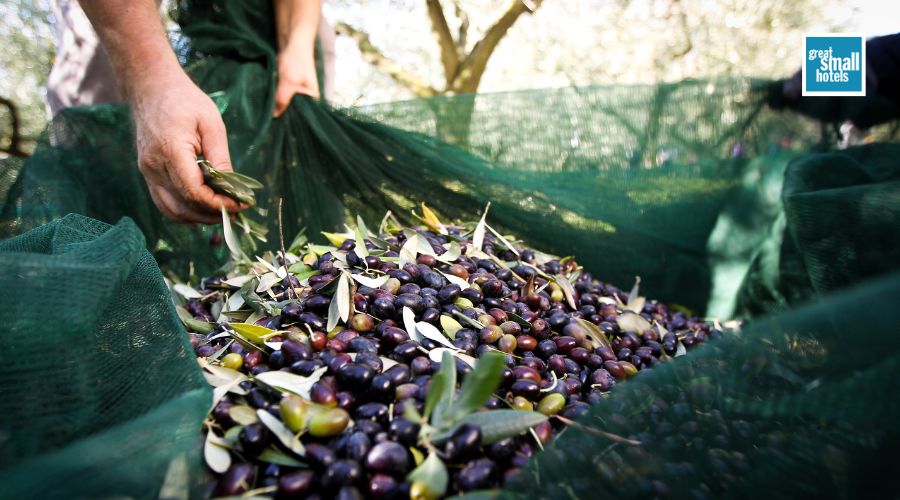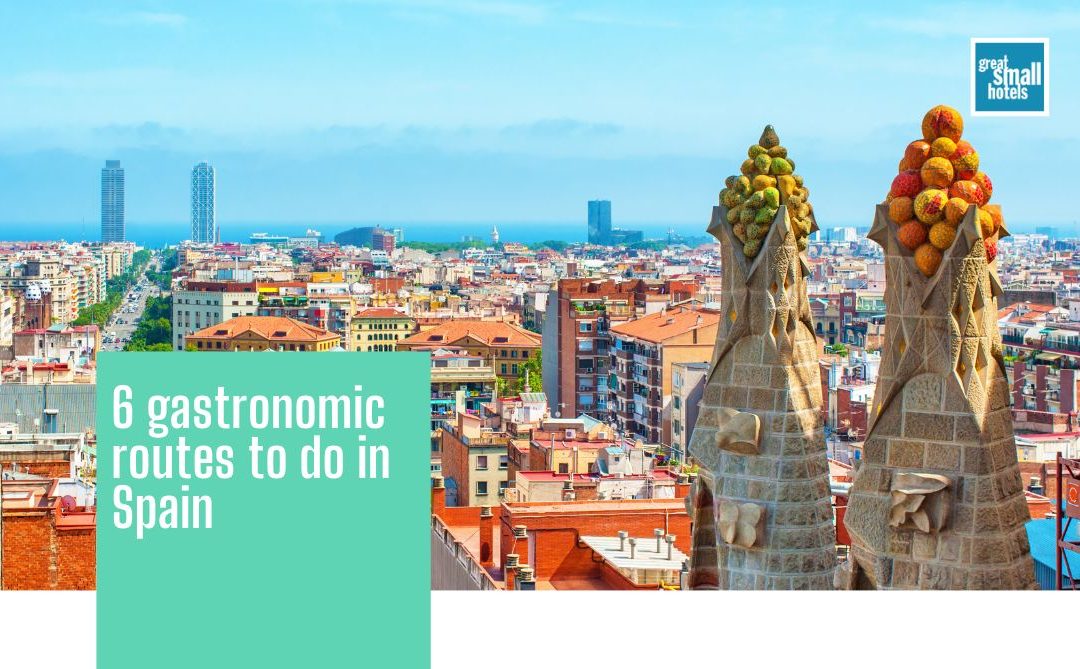Spain is renowned for its diverse tourist destinations that captivate visitors. Beyond its picturesque landscapes and historical pathways, the nation’s gastronomy stands out prominently. Every year, enthusiasts from around the globe flock to Spain, eager to savor its distinctive dishes and immerse themselves in its rich aromas and flavors.
Undoubtedly, exploring its gastronomic routes is one of the most enriching ways to acquaint oneself with Spain. Despite its modest size, each region boasts unique ingredients, recipes, and local produce. In the following, we will delve into the gastronomic routes in Spain, providing insights on how to optimally experience this nation’s culinary treasures.
What is a gastronomic route?
Before delving into the gastronomic routes in Spain, it’s imperative to define the concept. A gastronomic route is an itinerary highlighting various tourist destinations that enrich the culinary heritage of a region.
These routes not only showcase dist
inct products but also incorporate activities and services that augment the overall culinary experience. The intent is to enhance the gastronomic journey with cultural facets, ensuring a holistic experience.
Typically, gastronomic routes have a defined start and endpoint. They span a vast territorial expanse, interlinking destinations with shared characteristics or themes. In essence, the locations within a route share commonalities in their culinary and cultural offerings.
Discover the best gastronomic routes in Spain
Now that we have seen what a gastronomic route consists of and how the experience is made up in general, we would like to tell you about the main gastronomic routes in Spain and what the star products are on each of them.
Olive products
Olive oil tourism holds significant prominence in Spain, a country renowned for its world-class olive oil production. Among its diverse regions, the province of Jaén stands out as the epicenter of olive oil tourism, often hailed as the heartland of olive groves. Baeza and Úbeda are particularly noteworthy in this context.
For those keen to explore this route, Alvar Fañez hotel in Úbeda offers an exceptional stay. Recognized by UNESCO as a World Heritage Site, Úbeda boasts rich historical tapestry. The Alvar Fañez hotel, a Gothic edifice from 1865, seamlessly melds the architectural charm of the past with modern luxuries. Once a stately home, the hotel now showcases stone walls, marble floors, and an eclectic fusion of 19th and 21st-century aesthetics. Its 14 rooms exude historical allure with wooden beams, ornate furniture, and crystal chandeliers accentuating its legacy.

Pork products
Spain’s culinary landscape boasts a myriad of iconic dishes, among which is the famed cochinillo (suckling pig). This delicacy can be best savored along the route encompassing Pedraza, Arévalo, Sepúlveda, and extending to Turégano. Each of these locales offers an array of pork-related dishes, prepared using diverse methods. However, cochinillo remains the centerpiece of this gastronomic journey.
For those venturing to Sepúlveda, a stay at Hostería de los Templarios comes highly recommended. Nestled in the town’s heart, this establishment occupies a meticulously restored historic residence that has been modernized to meet contemporary tastes. Presently, it stands as a quaint boutique hotel, offering cozy bed and breakfast accommodations. Its prime location provides an ideal base for exploring both Sepúlveda’s rich history and the enchanting nearby regions.
Maragato Stew
As we further explore the fascinating gastronomic routes in Spain, it’s impossible to miss the renowned cocido maragato. This celebrated dish is primarily enjoyed in the Maragatería region. The gastronomic journey for this dish starts in Astorga, stretches through varied landscapes, and concludes in Ponferrada. This route notably intersects regions that are an intrinsic part of the Pilgrim’s Route to Santiago de Compostela.
Seafood Delicacies
One of the outstanding highlights of Spain’s gastronomic routes is undoubtedly its rich array of seafood. While seafood is celebrated in many corners of Spain, Galicia stands as a prominent hub. Within Galicia, the Rías Baixas towns – the Salnés valley, Sanxenxo, and O Grove, are the epitomes of seafood excellence.

Wine Tourism
Venturing further into the captivating gastronomic routes in Spain, we come across another gem – wine tourism. Spanish wines, with their global acclaim, are a testament to the country’s viticultural prowess. The most enriching experience for wine aficionados can be found in Castilla y León. A meticulously planned wine trail would ideally commence in Peñafiel, navigate through the wine-rich regions of Toro and Rueda, and finally reach the picturesque Arribes del Duero.
Bean Stew
The gastronomic narrative of Spain remains incomplete without mentioning the famed fabada, with the Asturian fabada being especially noteworthy. This specific route is dotted with restaurants and cultural centers where enthusiasts can not only savor but also delve deep into the cultural significance of this dish. Mieres stands out as a pivotal town on this gastronomic trail.
To round off this culinary journey, the Antiguo Casino Hotel in Asturias beckons travelers. Nestled in the historic town of Pravia, this elegantly restored establishment offers a comfortable bed and breakfast option. Surrounded by heritage edifices, it melds the charm of yesteryears with contemporary comforts, ensuring an unparalleled experience for its guests.


